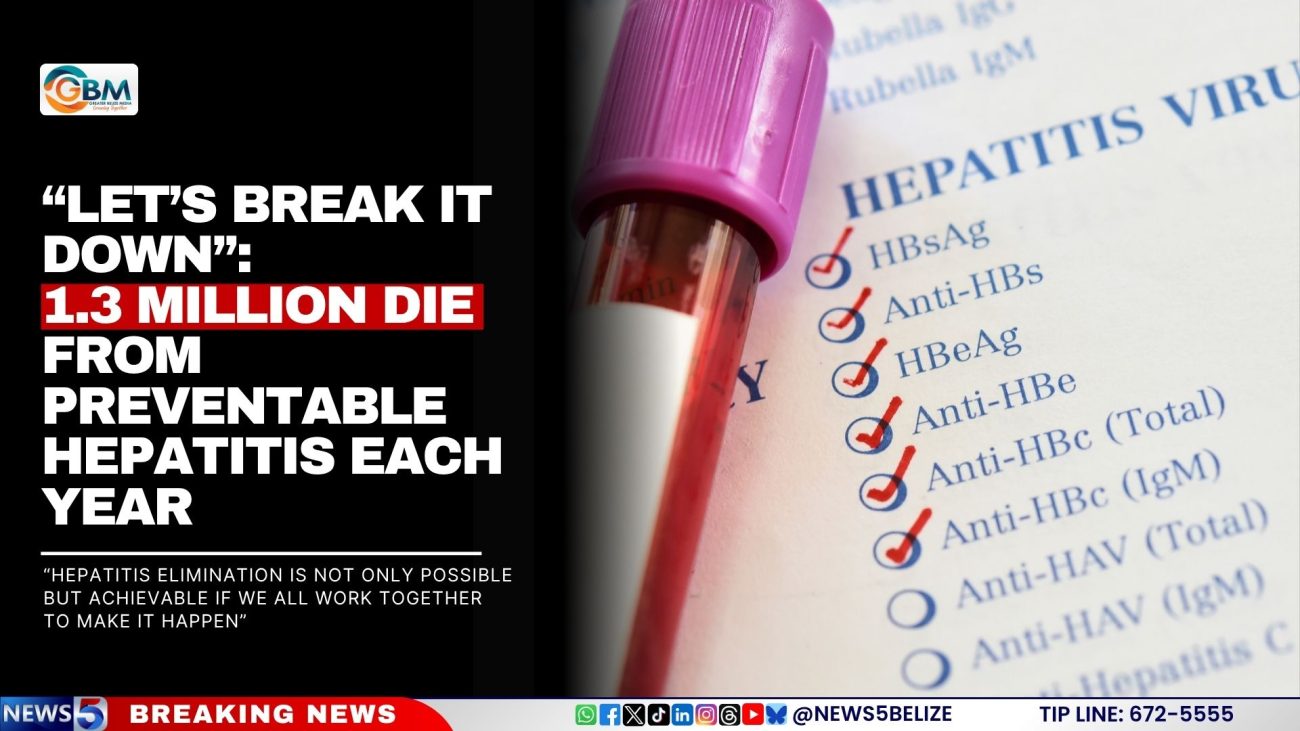“Let’s Break It Down”: 1.3 Million Die from Preventable Hepatitis Each Year
Chronic viral hepatitis continues to claim around 1.3 million lives annually, despite being largely preventable, treatable, and in some cases curable, according to the World Health Organisation (WHO). This World Hepatitis Day, observed today, July 28, health experts are urging global action to break down financial, social, and systemic barriers that block access to testing, treatment, and prevention.
This year’s theme, “Hepatitis: Let’s Break It Down,” calls for the end of stigma and a push towards integrated, people-centred care. Investment in timely diagnosis and services like vaccination, safe injection practices, and treatment could prevent up to 2.8 million deaths by 2030.
New findings from the International Agency for Research on Cancer (IARC) have also reclassified hepatitis D virus as carcinogenic to humans. It joins hepatitis B and C as known cancer-causing infections.
The World Health Organization notes that 10 countries, including China, India, and Indonesia, account for two-thirds of all hepatitis B and C cases globally. Despite advances in care since 2015, the pace of implementation remains slow.
According to the Centres for Disease Control and Prevention (CDC), “Since 2000, investment in expanding global hepatitis B vaccination has already prevented almost 900,000 hepatitis B virus infections and over 65,000 hepatitis B-related deaths in the United States, saving $7.8 billion in estimated costs by 2070.”
“Hepatitis elimination is not only possible but achievable if we all work together to make it happen,” the World Hepatitis Alliance said in its statement. The organisation is calling for greater public awareness, stronger political support, and an end to stigma. It added that informed choices, adequate resources, and collective action are key to achieving the global goal of eliminating viral hepatitis as a public health threat by 2030.






Facebook Comments